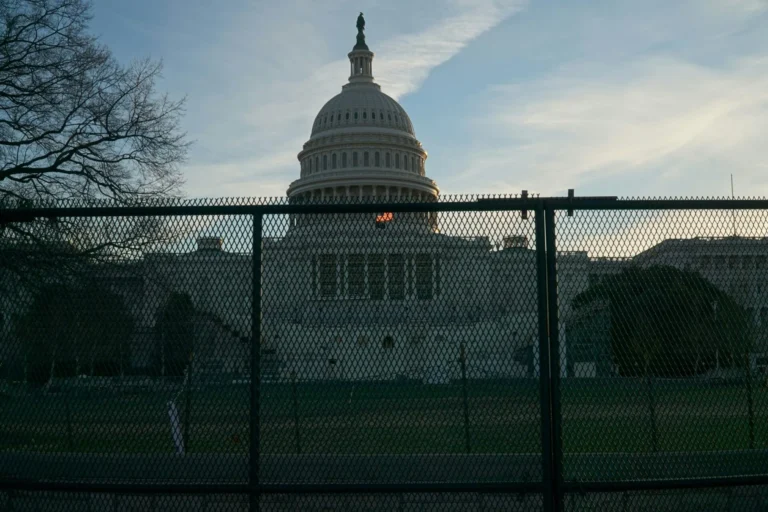By Cliff Montgomery – Aug. 26th, 2010
A recent study by a true grassroots network reveals how the big banks gamed America’s economic system atyour expense–and it’s expressed in clear, easy-to-understand language.
National People’s Action “is a Network of community power organizations from across the country that work toadvance a national economic and racial justice agenda,” according to its mission statement.
“NPA has over 200 organizers working to unite everyday people in cities, towns, and rural communitiesthroughout the United States,” adds the statement.
Below, The American Spark quotes from the report’s introduction:
“The major lenders have been subverting their legal responsibilities [of meeting] the credit needs of theircommunities. This report outlines how they have exploited loopholes in the Community Reinvestment Act.”
“The Community Reinvestment Act (CRA) was passed in 1977, with the simple goal of endingdiscriminatory lending based on race or location and to ensure that banks met the credit needs of all theneighborhoods and populations they served. “
“[But in recent years,] major banks have been funneling the bulk of their destructive and discriminatory lending‘off the books’ to their affiliate lenders and outside of…graded assessment areas.
“Rampant deregulation and a resulting shift in the mortgage industry throughout the 1980’s and 1990’s led tothe rise of non-depository institutions mortgage lending, subprime and predatory lending and a concentrationof the market into fewer and fewer companies.
“The industry changed, but the Community Reinvestment Act did not.
“The changes in the mortgage industry brought more than just a change in the institutions making loans–thetype of lending changed as well.
“High-cost and predatory lending exploded in the late 1990’s and 2000’s. African-American, Latino and low-income neighborhoods were the ‘canaries in the coalmine’ for this type of destructive credit, receiving morethan their share of the toxic loans and [thus] the utterly predictable fall-out of massive foreclosures anddisinvestment when the bubble burst.
“[So] why does this matter [and] what does CRA have to do with it?
“The toxic predatory lending that first flooded minority and Low to Moderate-Income neighborhoods caused atsunami that devastated not only the neighborhoods where the bulk of these loans were made… [It also]…ledto the near-collapse of our entire financial system, the multi-billion dollar, tax-payer funded bailout of our majorfinancial institutions, loss of billions in retirement savings…[as well as] foreclosures on millions of homes, and the worstand longest lasting unemployment crisis in generations.
“The vast majority of the lending that caused this crisis occurred outside…of CRA, through unregulatedmortgage companies and through the shielding practices of the big banks. Had CRA covered all of the lendingthat was occurring…the worst of the crisis could have been averted.
“As the Federal Reserve Bank of Dallas put it in 2009: ‘[…] Data from the Board’s staff report suggest that the CRA prevented the subprime situation from being [even] more severe.’ “
“The Act was largely successful in…encouraging banks to work with communities and neighborhood groups totailor innovative and highly successful reinvestment plans and products. Together, banks and theneighborhoods they…serve revitalized countless communities and built wealth in low-income and minorityneighborhoods.
“The intention of the Act was to cover the mortgage lending industry. In the mid-1970s, that meant depositorybanks originating mortgages from a network of branches.
“As a result, the CRA exam conducted by a banking regulator grades only that lending that takes place in abank’s pre-determined ‘Assessment Areas’ that are based on where the bank has physical branches.
“In addition, the regulators grade only those loans originated by the bank portion of a bank holding companyand not the mortgage lending of a banks’ subsidiary or affiliate companies. For example, the lending activity ofWells Fargo Bank is graded, while the substantial lending activity done by Wells Fargo Mortgage Company andWells Fargo Financial is not.
“Banking regulators examine banks for CRA compliance and assign grade[s] of Outstanding, Satisfactory,Needs to Improve or Substantial Non-Compliance.
“A grade of ‘Satisfactory’ or ‘Outstanding’ is needed for a bank to freely expand through merger or by openingnew branches. An ‘Outstanding’ rating can also lead to expedited regulatory approval and a longer period oftime between CRA exams.
“While there are [no]…specific loan quality requirements in CRA, it is widely understood that CRA credit is givento banks for originating quality, affordable loans. Guidance from federal regulators has made it plain thatpredatory lending – often hallmarked by high-cost loans – should not receive positive CRA credit.
“But instead of abandoning risky and destructive lending, the big banks merely moved it away from regulatoryscrutiny.”





